Ever since I stumbled across my very first Licitar Heart way back in 2000 on my very first vacation in Croatia, I have been fascinated by history. How cute are these gingerbread-like hearts? Not only are they adorable, but they are also protected and listed on UNESCO’s Intangible Cultural Heritage list since 2010.
Gingerbread Making from Northern Croatia began in the Middle Ages; many European monasteries produced gingerbread cakes made in wooden molds; this craftsmanship reached a different level in Northern Croatia and were named called Licitars.
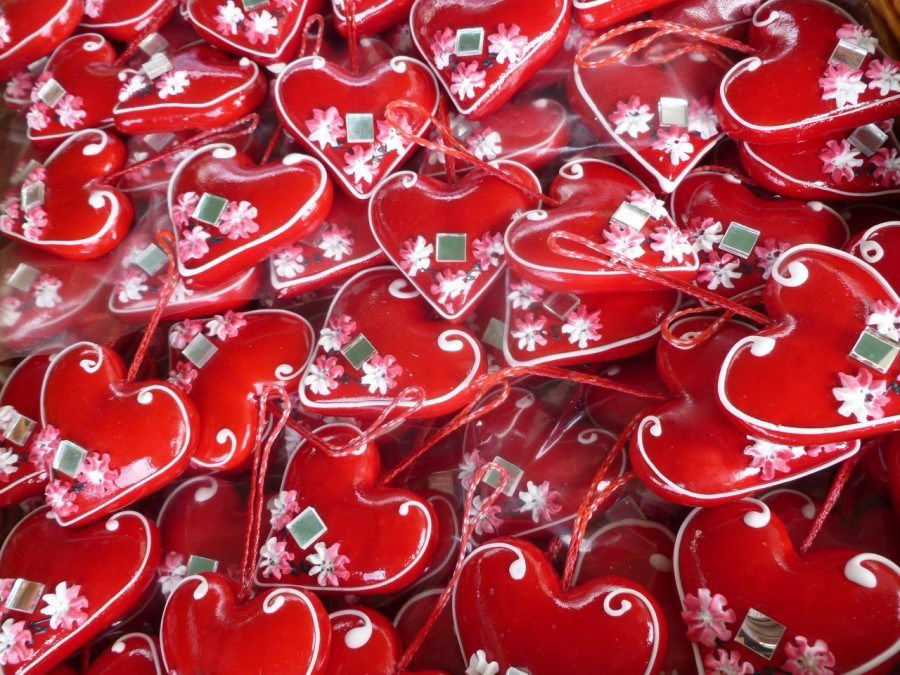
The process of making licitars requires great skill. A standard recipe of sugar, flour, water, and baking powder is used for all, but the gingerbread is shaped, baked, dried, painted, and decorated with edible colors in a never-ending amount of varieties. We were privileged enough to see this first hand on a recent visit to Marija Bistrica; more on that experience coming soon!
Today gingerbread has become one of the most recognizable symbols of Croatian identity, especially in Zagreb.
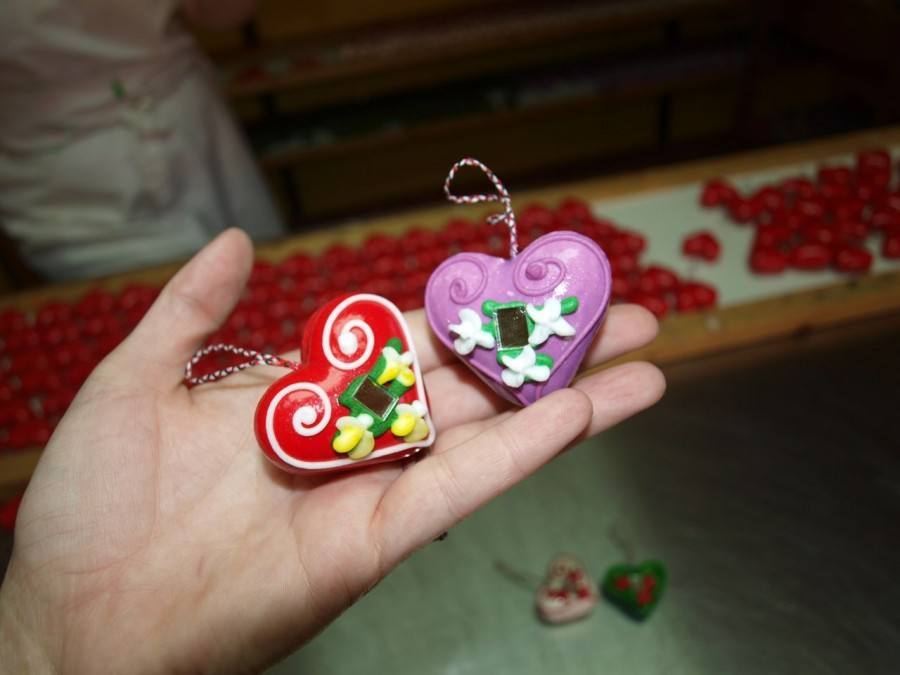
Want to know how to make a Licitar Heart? Thanks to the Zagreb Tourist Board, here is a licitar recipe you can try at home.
Brands We Use And Trust
Here Is An Easy-To-Follow Licitar Recipe
Licitar is a sweet cake. It is made of dough that was once sweetened with honey, though now sugar is used as an inexpensive ingredient.
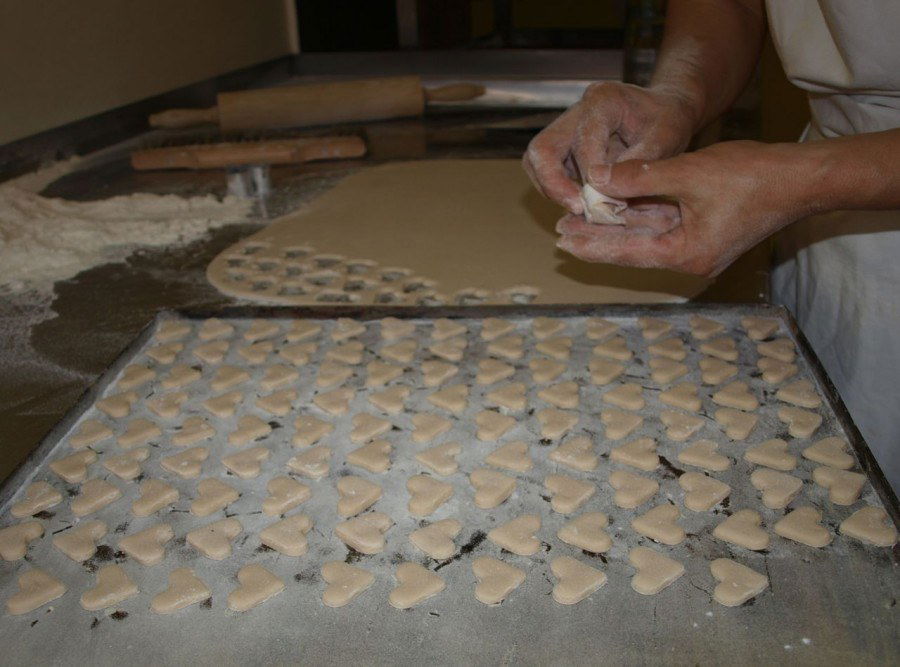
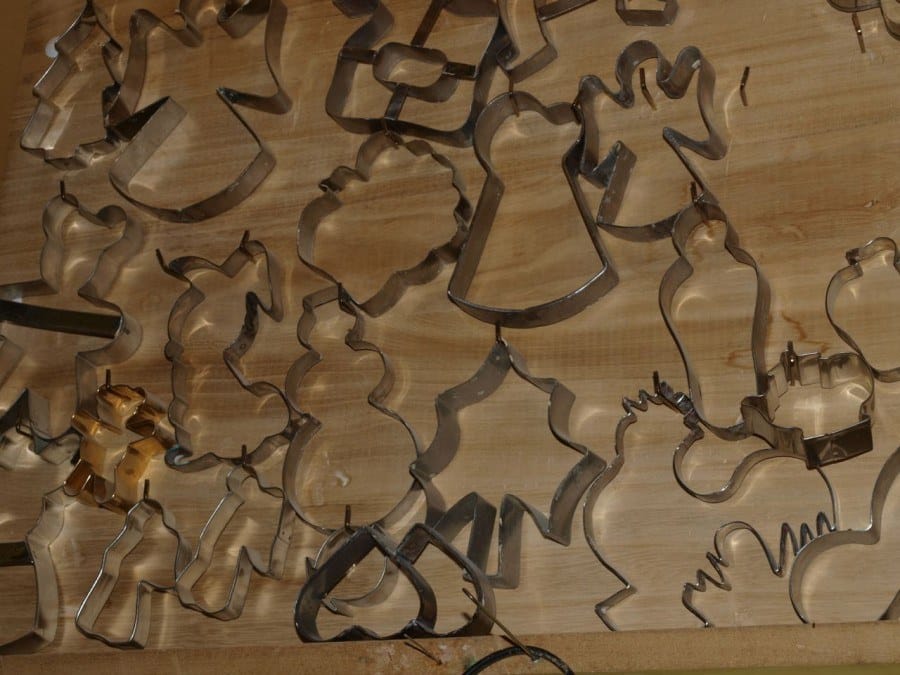
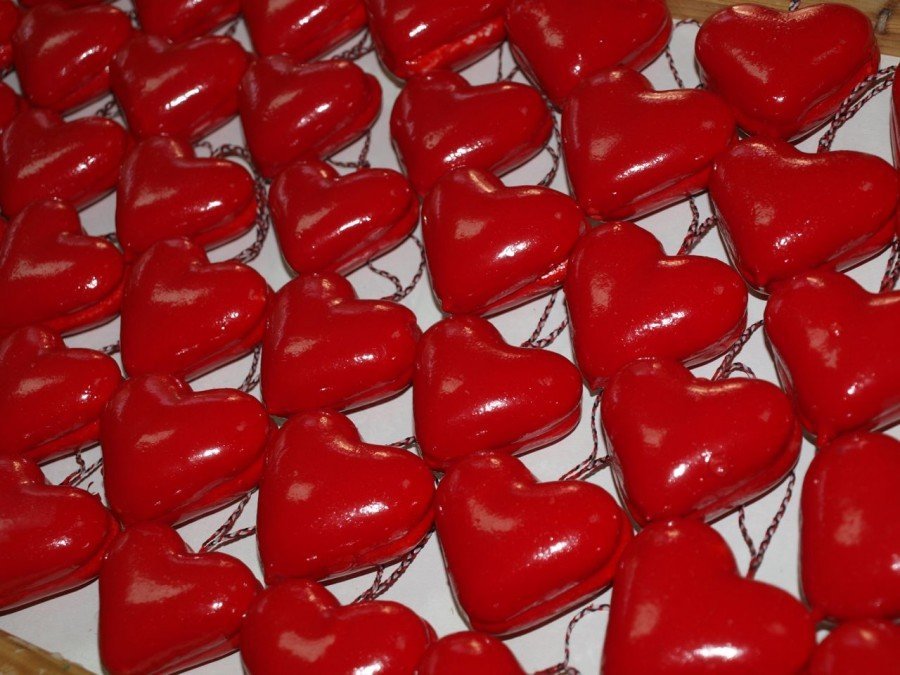
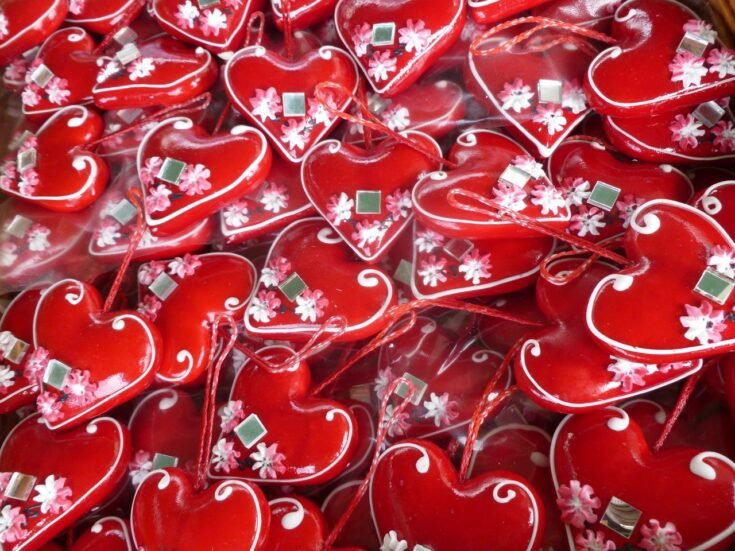
Licitar Recipe
Gingerbread making from Northern Croatia began in the Middle Ages, now you can make them at home with this Licitar recipe.
Ingredients
- 1 kg sugar (5 cups)
- 600 ml water (2 1/2 cups)
- 30 g gingerbread yeast (1 1/3 Tbls.) [ammonium bicarbonate]
- 2 kg all-purpose flour (4.4 lbs)
- 1 kg gelatine (2.2 lbs)
- 3 L of water (12 3/4 cups)
- Edible colouring
- Gelatine
- Sugar syrup
- Potato flour
- Edible colour
Instructions
- Mix together the dough ingredients, and let it stand for about eight hours. Knead the dough again and roll out on a table with a rolling pin
- Cut the gingerbread with the gingerbread moulds and place on greased and floured baking pan. Preheat oven to 300ºC and bake gingerbread for 8 minutes. After baking, remove excess flour from the gingerbread and leave to dry for several days
- Soak the gelatine in water, mix well and cook in a double boiler until thick. Add colour. Dip the smaller licitar shapes into the glaze, remove them and hang them to dry (at least one day). Add the glaze to larger licitar shapes using a pastry brush
- To decorate the licitar, combine the ingredients and fill a pastry bag and add the desired nozzle. When the decorations are dry, the licitar is finished
Notes
We are republishing this recipe thanks to Zagreb Tourist Board.


Those are incredible! We have much larger and less intricate gingerbread cookie hearts here in Lithuania that are special to the St. Casmir Festival (this weekend).
Licitar hearts are one of the first things I remember reading about in your blog. They’re so beautiful, and I remember how surprised I was to find out that they’re cookies, not ornaments. I like baking and cookie decorating, so I’ll have to give the recipe a try. I’m sure mine won’t turn out nearly as pretty. Thanks for much for explaining what gingerbread yeast is.
No, no, these are just for decoration. You could eat them, but they’d be so dry and icky.
They look so pretty I’ll feel bad for eating them. I love gingerbread cookies and cakes, so I’m sure I will like Licitars. I’ll show this to my husband – he’s the baker in the family. Who knows, maybe he might try the recipe!
These ones are just for show, so no need to feel bad.
SJ, You know I’ve been interested in these since your first post on them. I love that you got to seem being made…lucky you!
Yes, and now I finally know where to tell people to go (that’s for an upcoming post) to see it done.
I don’t think you are suppose to eat them…i have fond memories of these decorations from the Croatian picnics i used to goto with my dad who is Croatian. I remember these hanging up and the older woman selling them and also getting them from relatives that would travel back to the country to visit and bring back me and my siblings souveniers…i loved them…they were so pretty as a kid you didn’t understand the story behind the heart but just saw this beautiful red cookie and wanting to eat it but with the mirror in the center you kind of realized it was decoration…just a wonderful little reminder for me of the past and the fun and family times…
Hvala in English vs grams !♥️
I bought one of these darling hearts as a souvenier of my trip to Croatia a few years ago, and I’ve hung it on my Christmas tree every year. It was carelessly allowed to be partially crushed last year, and I would very much like to replace it. Is this possible, and if so, could you please write and tell me how to go about acquiring one, preferably with the word “Croatia” printed on it?
I would so appreciate your help.
Thank you,
Dawn Stewart
Email me your postal address and I will buy one and post it to you. croatia at chasing the donkey dot com
OMG how can you call this “gingerbread”? There is no ginger in it ffs or any other spices for that matter. Cheesh
Hi,
Can anybody please tell me how do you put the string on the hearts? Is it glued on or is a hole made . I will be making them this week and can’t figure this part out.
Thank you so much ♥️
You need to make a hole before cooking or just as they come out before they cool.
hello! Do you dissolve the sugar in the water before mixing?
Many thanks for the additional guidance!